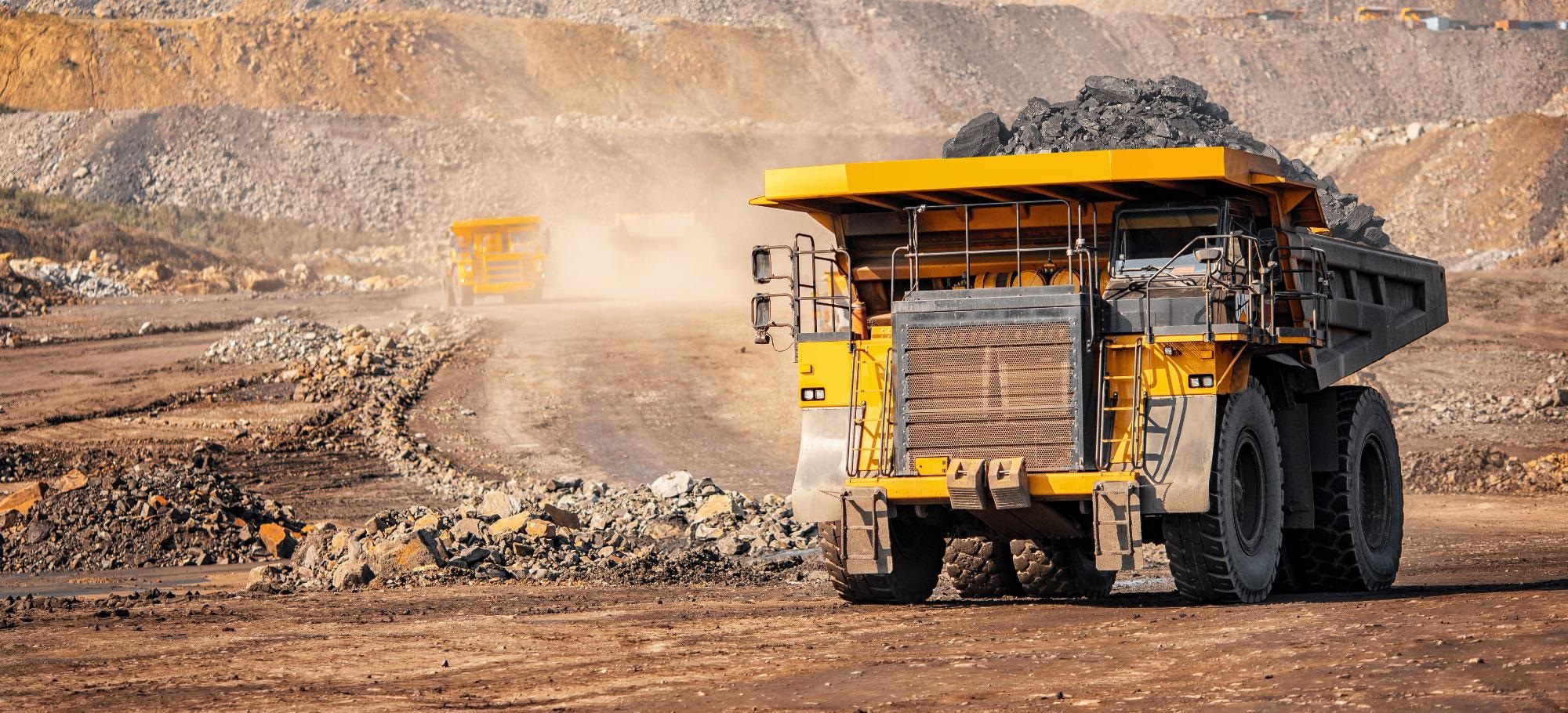Mar 4 2021
K9 Gold Corp. reports that it is well-funded for its 2021 drilling and exploration season, while continuing its efforts to find more potential exploration targets on its Stony Lake project, which is situated in the newly rising Central Newfoundland 'Gold Belt.'

Image Credit: Parilov/shutterstock.com
The all-in sustaining cost involved in the mining of even a single ounce of gold is quite expensive. But exploration costs for companies looking to discover and mine gold every day are much higher.
It was great news when K9 Gold reported that it was awarded $4,217,450 more as financial support from its three most recent private placements. When it comes to shareholders, the financial support offers confidence that K9 Gold’s 2021 drilling season is active and fine.
For K9 Gold, it is a hope that a constant stream of test results obtained from its Stony Lake project indicated that K9 Gold is placed promisingly on a prime region of mining real estate inside Newfoundland’s Gold Belt, with industry investors being convinced too.
The additional financial support quickly followed K9 Gold’s announcement that it achieved highly positive results from an orientation till sampling survey and achieved results from a 3D Magnetic Inversion study, both of which were performed on its Stony Lake project.
K9 Gold’s aim for the orientation till sampling survey was to identify whether or not such a survey could spot the targets for additional exploration work. The preliminary results have demonstrated that various regions of interest were determined, which are in accordance with earlier exploration work performed on the property.
K9 Gold gave the contract to perform the orientation till sampling survey to Overburden Drilling Management (ODM). For this purpose, ODM gathered 76 samples of C-horizon basal till from hand-dug pits, averaging a minimum of 1 m in depth. Then, the samples were processed by K9 Gold to identify gold grain contents, if any.
Geochemical analysis conducted on the non-magnetic Heavy Mineral Concentrate (HMC) involved the use of both Aqua Regia – ICP and INAA (Instrumental Neutron Activation Analysis).
K9 Gold reported, late last week, the analytical results obtained from those samples, indicating that ODM’s testing identified 'visible gold grains' in 69 of the 76 samples gathered, which includes 14 samples with more than 10 grains and 3 with more than 20 gold grains.
The geochemical analysis results reveal that 42%—that is, 32 out of the 76 samples—returned gold values of more than 500 ppb, which includes 5 with values more than 5000 ppb (maximum 17,900 ppb Au).
According to K9 gold, the 3D Magnetic Inversion study launched this week provides major guidance, and in combination with earlier ground work (sampling of tills and rocks), these inversions will be a useful guide to the further exploration phases for the company.
Specifically, K9 Gold added that four regions have been determined as high-priority targets for phased follow-up ground geophysical surveys.
Of these, two targets (Jumper’s Pond and Moonlight) have been chosen for the first phase of Induced Polarization (IP) survey, covering 60-line kilometers in total.
The most recent test results have been obtained very close to a January 2021 report that interprets the data gathered from the airborne geophysical survey performed by K9 Gold on its Stony Lake Project.
In the report, K9 Gold announced that it has fulfilled its aim of delineating linear trends that exhibit variations in resistivity due to sulfide mineralization, faulting, intrusive activity and modification.
K9 Gold says the report shows that the Versatile Time Domain Electromagnetic (VTEM) survey has actually identified a number of linear trends, and the interpretations in the report are offering a trove of valuable information that K9 Gold will use to refine plans for its upcoming 2021 field season, which the company says includes drilling.
Areas of reduced resistivity can be correlated to a higher conductivity, and these were seen in the northwestern corner where we might find a spherical intrusion of some kind, and along the eastern boundary of the survey where we detect linear anomalies, almost parallel to the trend of the geological layering.
Jeff Poloni, Chief Executive Officer, K9 Gold Corp.
“These most likely relate to shear zones, which are commonly more conductive than undisturbed lithologies due to the possible presence of graphite or other more conductive minerals,” explained Poloni about the findings in the report.
The Stony Lake Project encompasses over 13,000 ha and 27 km of desirable trend between Sokoman Minerals Corp.’s Moosehead high-grade gold discovery to the northeast, Marathon Gold Corp.’s Valentine Lake deposit to the southwest, and New Found Gold Corp.’s Queensway high-grade gold Project operating to the northeast of K9 Gold’s property.
In all its most recent news, K9 Gold has stated that its 2021 field program will now include a till sampling program to cover areas of the property in which very little work has been performed previously. K9 Gold added that traverses will be set up at intervals of 1.0 km and samples will be collected at every 250 m along the lines.
With the publishing of the results of each survey and test, it is now more evident that K9 Gold’s exploration efforts have a highly potential future, and the company’s extensive property is prospectively the seedbed that Newfoundland’s Gold Belt is demonstrating itself to be.